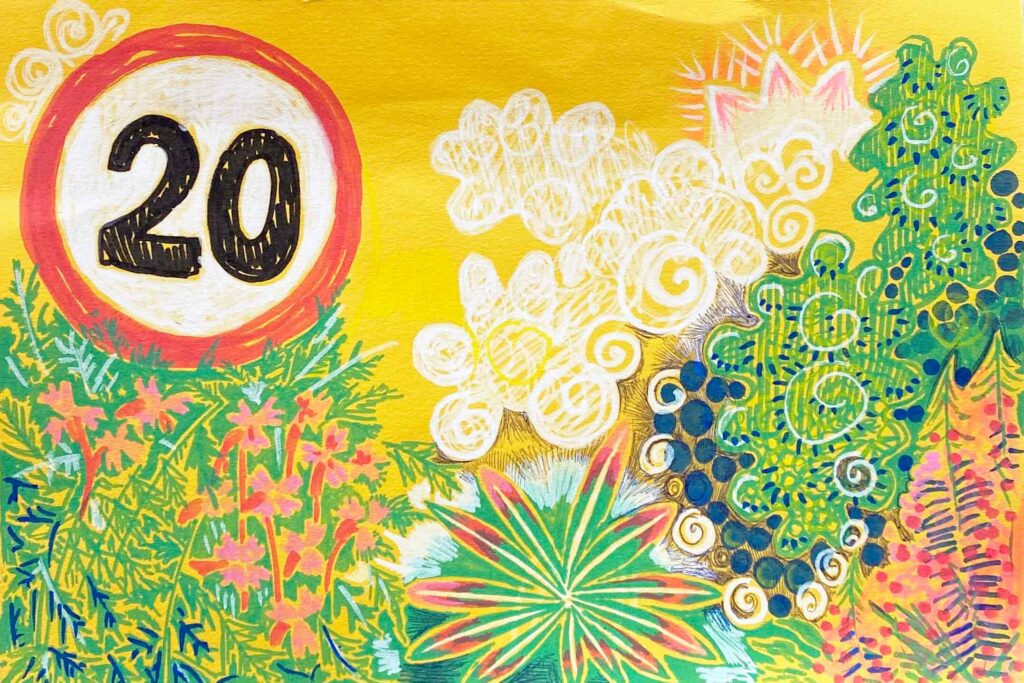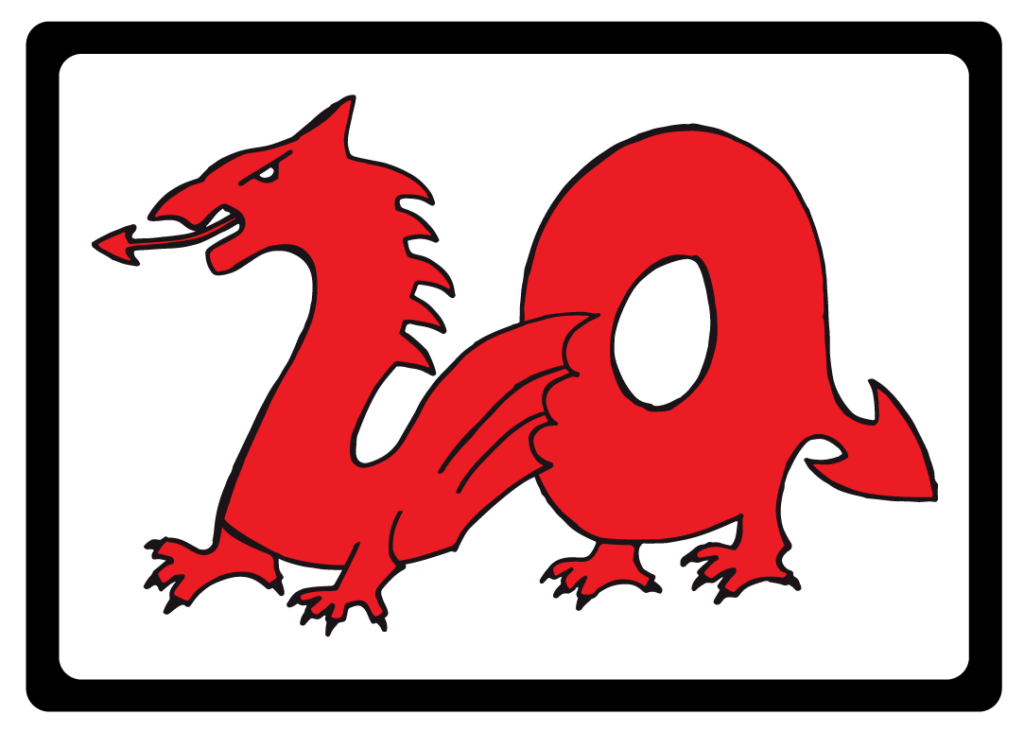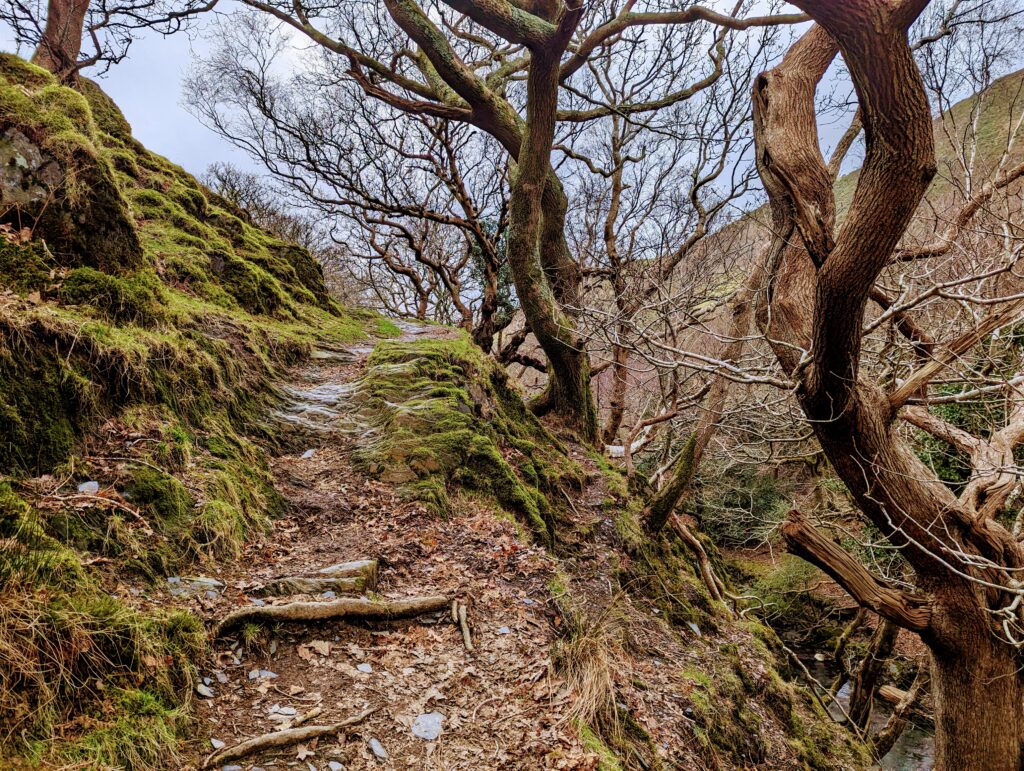Wales brought in a 20mph speed limit in residential areas, and the change has been controversial. Hannah considers what it means for her country, her children and her twitchy accelerator foot
In September, overnight, Wales became a nicer place to walk, a nicer place to cycle, a nicer place to parent, and a much nicer place for the many thousands of people who live on busy roads.
It became a marginally more annoying place for people who are cutting it a bit fine to drive somewhere.
Wales changed the speed limit in most towns and villages to 20mph.
The shock of the slow
I am all of the above people. I drove a long journey across Wales on the Tuesday, and again on the Thursday, either side of the change, and it was hard! My accelerator-pedal muscle-memory, the sense of the ‘right’ speed from 25yrs of driving experience, the way I expect to see the outside move past me – they all jarred. 20mph on a straight trunk road feels like a crawl.
But, as with stopping smoking cigarettes indoors twenty years ago, we’ll soon find it hard to believe it was ever any other way.

A friend who gave birth the day after the change, stood outside with her brand-new bundle. Her house is on the notoriously busy A487 in Ceredigion, through a near straight-line village named after an ancient bard but dominated by a trunk road. She’d been keen on the proposal for years, but hadn’t anticipated the biggest difference – the sound. From one day to the next the road noise quietened, the gardens were nice places to be, the idea of her brand-new daughter being able to scoot around her own village was suddenly a possibility.
The stress level in her village has fallen. And in hundreds of other villages across the country. Consider that reduction in stress, reflected in a hundred daily interactions – that’s a lot of extra good going around.
The stress level in her village has fallen. And in hundreds of other villages across the country. Consider that reduction in stress, reflected in a hundred daily interactions
Roads are the cause of about half of the hassle I give my kids. If I recorded every time my voice got above a certain decibellage over an average day, I reckon a full 50% of the occasions are ‘Wait at the corner. Wait at the corner!!’
Now we will have more time to see cars coming, they will dominate our landscape less, I will be a more pleasant tyrant to my little people.
As I drove at 20mph in my own town I spotted people I knew walking by and they nodded at me – they had time to identify me through the glass. On my second long drive I noticed features of the towns and villages I passed through that I wouldn’t have – that I hadn’t! – a few days earlier. I heard the opera playing from inside the car in front. I was surrounded by human beings in a way that is masked by 30mph+.
As I walk I’ve noticed myself thinking, yes – if I was hit at this speed I might get away with just a broken bone. And as I drive I have time to think the same about what if I hit someone, because I am more scared of killing someone than I am of being killed even.

This weekend I was explaining the Slow Ways network to somebody at a stand we had. I said, as I have said often, “We’re not exactly making something new. Until recently everyone would have known how to walk between their closest towns. It’s just that we’ve lost that knowledge, and lost the routes, and so we are trying to put that back.”
Forced to find alternative ways
And then it occurred to me that in many places the fastest, most direct way to walk between towns then became the roads that we can no longer walk on. The speed of normal car-based travel has made it unpleasant and dangerous to use these highways except for in cars. So we are looking for alternative ways.
Sometimes these alternative ways are a new route adjacent to the fast road, sometimes the original one that has been superseded by a faster bypass, sometimes lanes that are older still. (In walking Slow Ways I’ve grown accustomed, but still adore, the tingling feeling as I suddenly notice that I am on a gnarled green lane or deep in a holloway, or stepping over a rock in some remote place that has been worn by millions of footsteps over thousands of years.)

Sometimes the alternative ways are nice new footpaths along roads, or serviceable pavements that do the job, and will be a whole lot nicer now in Wales.
We are weaving these all together to put back what once was.
Cars have won the roads, and I am a driver. I need my car, at least for now, with small children and awkward public transport. But perhaps as I next slow down for a 20mph sign I’ll remind myself that cars have won a lot, and this is a little thing for drivers to concede.